Empanadas Connect Cultures Across Latin America
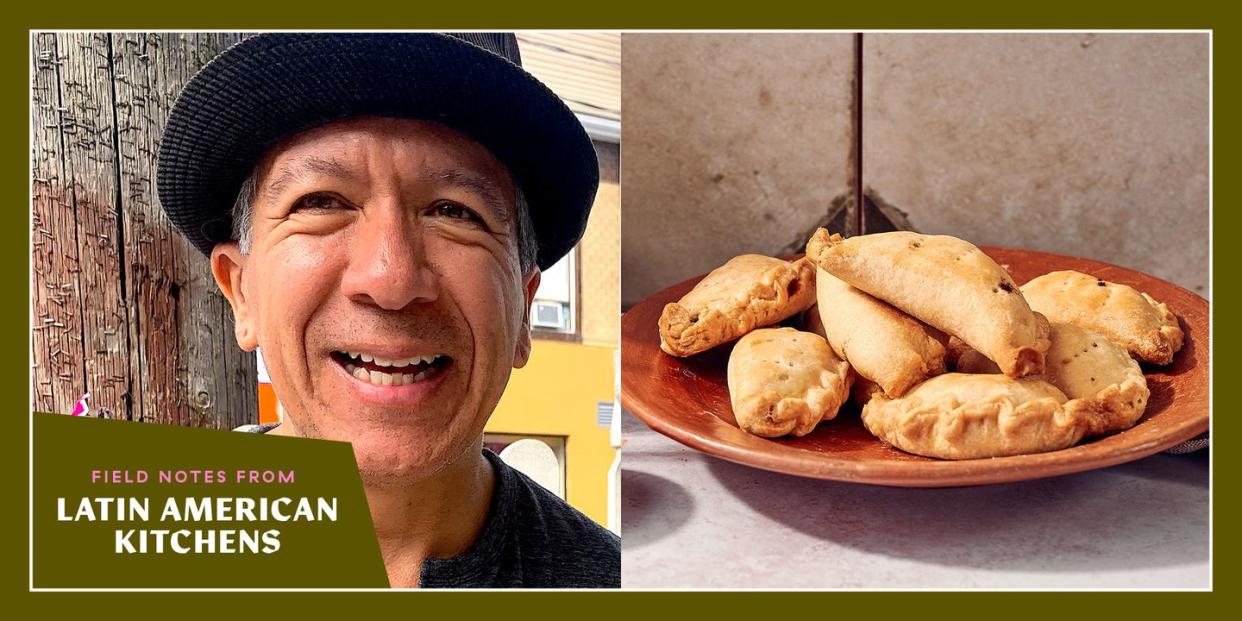
“Smell the dough,” I tell my students. I hold up a ball made of flour, salt, butter, egg yolks, white wine vinegar, and cold water that I shaped by hand. “Look how the dough rebounds when I press into it with my finger,” I demo. “Pull at it, stretch it, notice that it doesn’t crumble. If you remember this aroma, texture, and moisture, you’ll build a memory of the perfect empanada dough.”
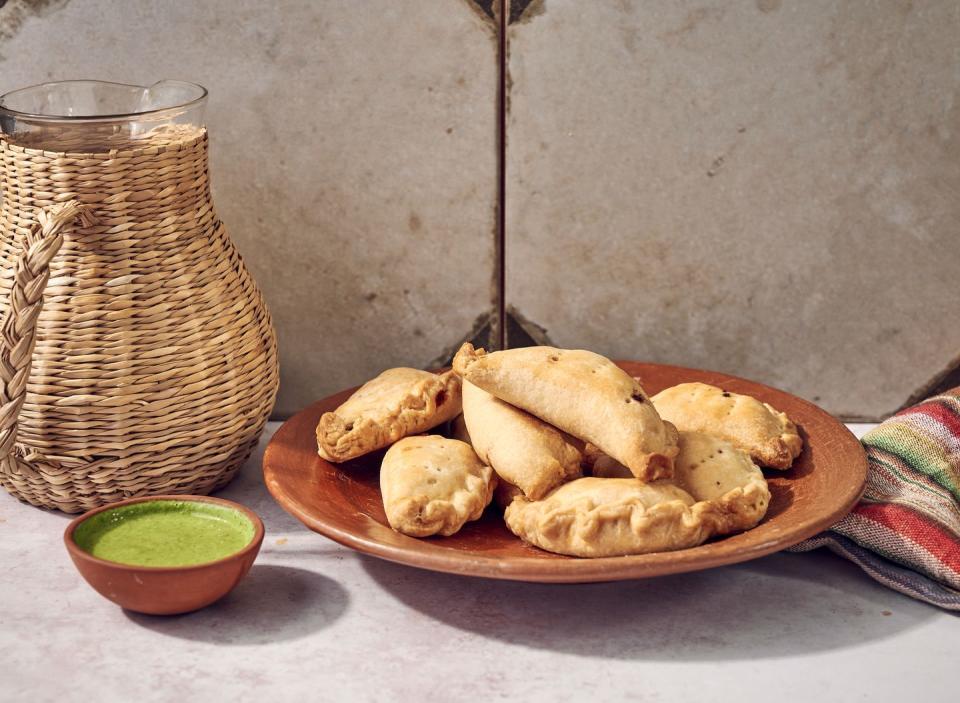
The students work in groups, dividing dough balls for rolling and cutting into circles on a flat, floured surface. Then, they scoop one of three fillings—cooked ground beef with currants, pitted olives, and hard boiled egg pieces; sautéed spinach with pine nuts; or baked apple slices spiced with cinnamon and ground cloves—onto the dough circles before folding, sealing, and arranging the empanadas on baking sheets.
As they brush egg wash on the empanadas and place them in the oven, I remember my mom, Sara, and the gentle gestures of her hands, dextrous from cooking comida criolla—Lima’s creole food—since she was six years old. Back then, in 1940s Peru, she helped my grandmother, Rosa, deep-fry empanadas in a pot of oil over a wood fire in the kitchen of a tenement apartment that had no running water or electricity.
Like Lima’s colonial-era creole and Afro-descendant street food vendors that hawked empanadas—alongside other comida criolla such as tamales, alfajores, picarones, causa, and anticuchos—my grandmother sold her empanadas in the streets. Her post was outside her son’s school in the working-class neighborhood of Barrios Altos.
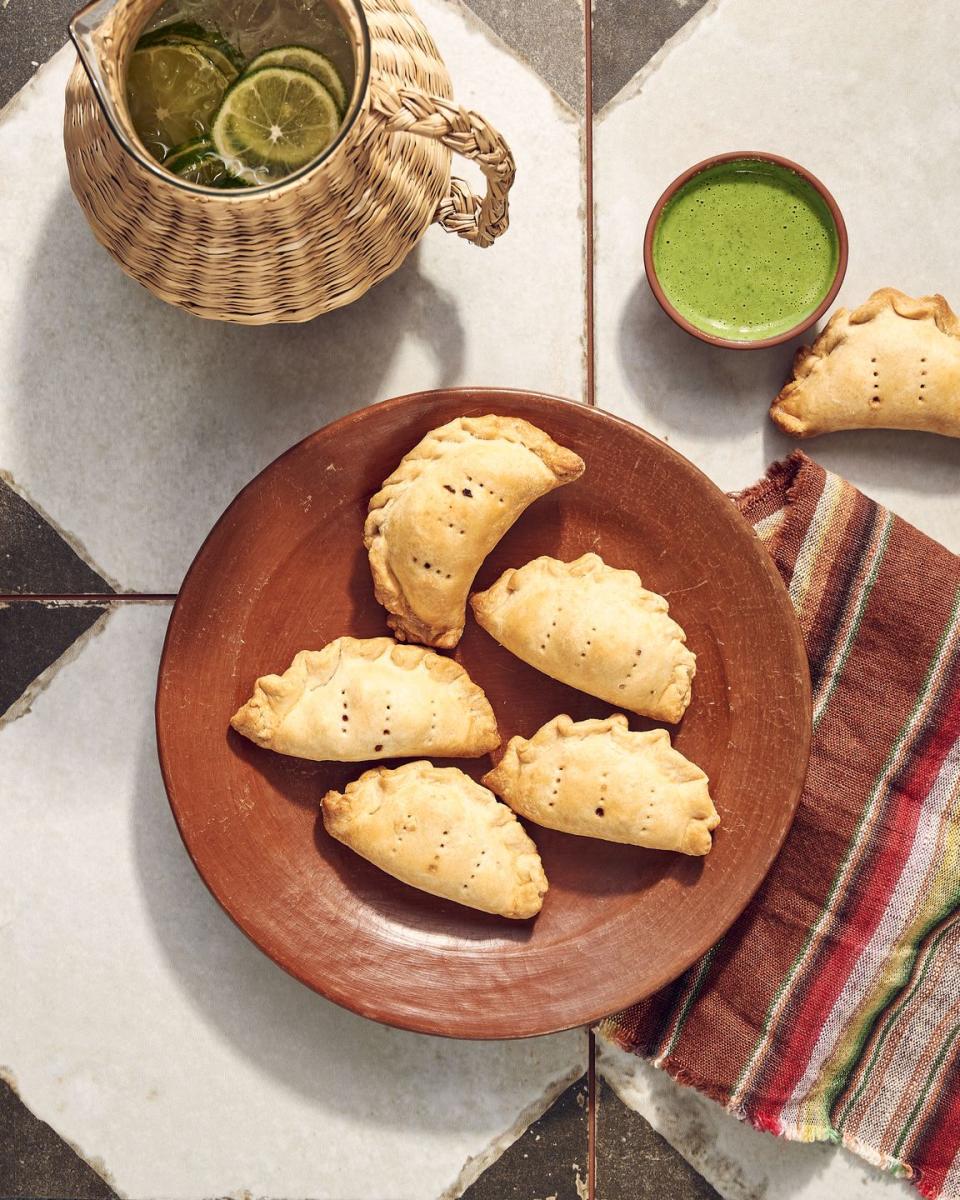
That was the start of our family’s empanada-making tradition. But after turning vegan a few years ago, I gave up eating the creole dishes that I learned to cook from my mother. So to preserve my cultural identity, I began to develop recipes for Peru’s comida criolla using only plant-based ingredients. And I learned that the essence of a dish came from its spices, its hot peppers, and its origin story; not from its animal protein.
Today, I make vegan empanadas sin carne with my young daughter, Rio. For the dough, we mix flour, vegetable shortening, salt, white wine vinegar (my personal preference), and cold water; and for the filling I sauté and season an onion and garlic aderezo or base, much like a sofrito, with a plant-based ground beef plus currants. It’s a joy to watch her small hands fold dough circles and brush empanadas with soy milk. Recently, I baked empanadas sin carne for her daycare’s potluck (they were a big hit!) and my heart swelled knowing my daughter will continue our family’s empanada-making tradition.
When she’s old enough, I’ll tell my daughter about the origin of empanadas: how cooks in Medieval Spain used rustic dough plates to serve savory stews, and that these plates eventually became edible dough wraps of different shapes and sizes to carry meat or fish fillings. And that it was colonial foodways that brought empanadas to the Americas. But in Peru, and across Latin America, Latinx people have made empanadas their own by using local ingredients for the dough and fillings.
In Peru, cooks bake or fry flour dough empanadas that they stuff with creole fillings like aji de gallina, a creamy and spicy pulled chicken stew; lomo saltado, the stir-fry of beef, onion, french-fries, plus tomato with aji amarillo hot peppers and soy sauce; or manjar blanco, the caramelized milk that holds together the sandwich cookies that are alfajores. In Bolivia, street vendors bake a sweetened flour dough version called salteñas, stuffed with a juicy meat and potato stew filling. While in Chile and Argentina, deep-fried or baked flour dough empanadas hold a classic ground beef filling seasoned with garlic, salt, pepper, cumin, and oregano.
In the Dominican Republic, recipes call for a yuca dough and ground beef filling; while in Costa Rica, the ubiquitous plantain is the base for a sweet fried dough that carries beans, cheese, or custard; and in Venezuela, Mexico, and Colombia, fried corn dough wraps around fish, pork, chicken, mole, hot peppers, and tomatoes. Other times, native fruits such as mango or pineapple fill dessert empanadas dusted with powdered sugar.
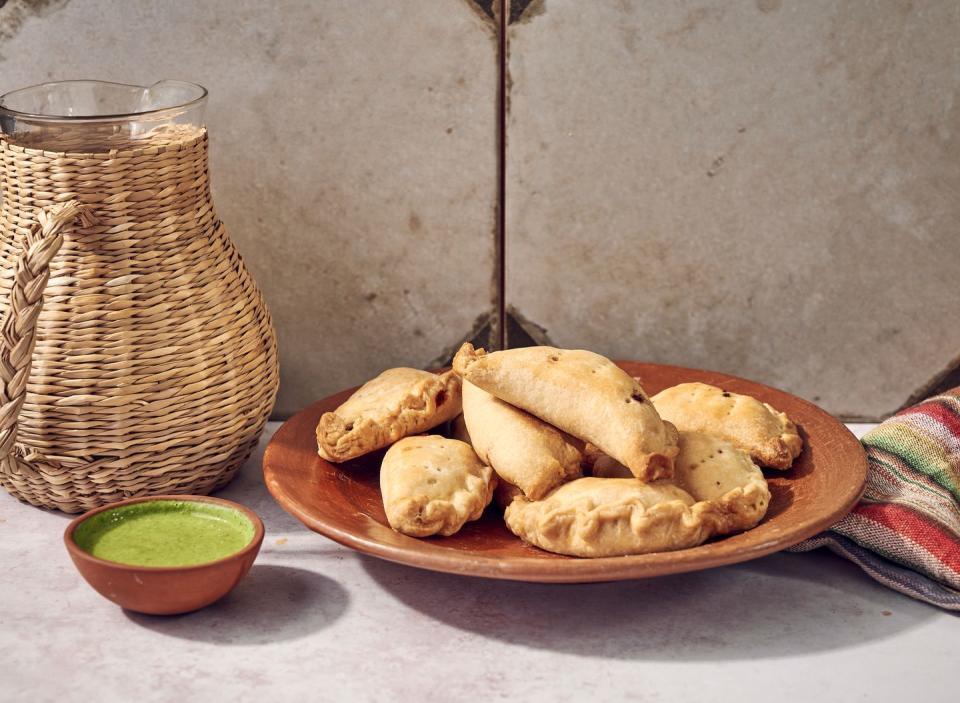
Despite the varieties of empanadas across Latin America, they all share one thing—no matter where you are, empanadas are savory or sweet vehicles that conjure memories of home for Latinx families. That’s why I once led a group of volunteers in the preparation of more than 100 empanadas that we donated to Latinx families that lost their homes in Northern California’s wildfires; hopeful that our hand-made baked empanadas would nourish them with nostalgia, warmth, and comfort.
Empanadas are messengers that tell stories of our ancestors, our lands, our foods, and our colonial legacy. And if you swap the wheat flour for local ingredients—cassava or yuca, plantains, or corn—then you begin to decolonize the empanada. Beyond sustenance, they connect families to a sense of place across generations. And one day, I’ll tell my daughter that she’s part of our family’s empanada tradition. And every time she makes empanadas her grandmother and great-grandmother are rolling the dough with her, folding the empanadas with her, and smiling.
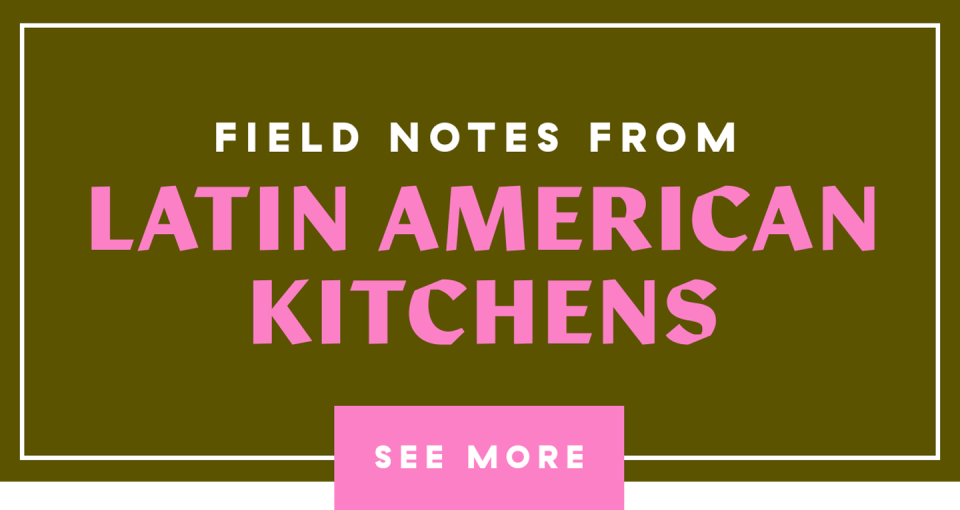
You Might Also Like

